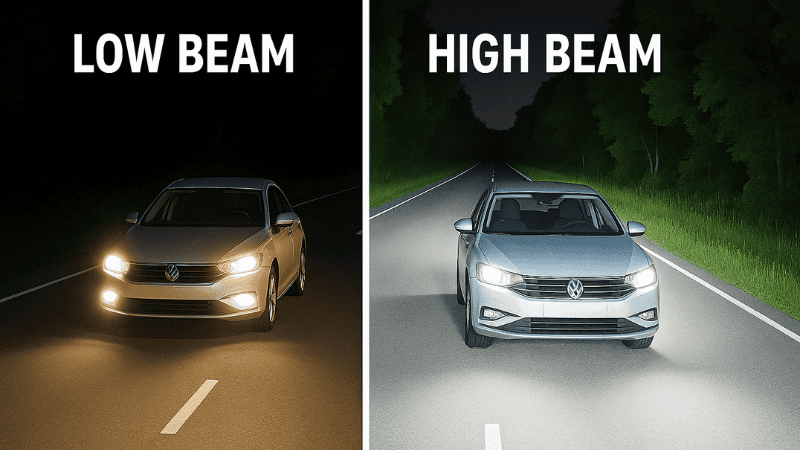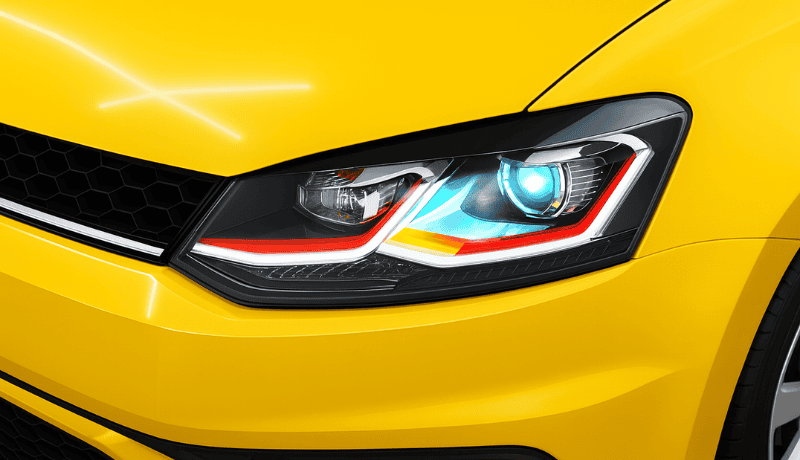Headlights help an individual see and remain safe, particularly at night or in bad weather. They have two main forms: low and high beams, and both function differently.
Selecting either helps a person avoid accidents and ensures the highway is secure for all. CarlikeVision helps businesses achieve the right headlight solutions by providing high-quality, reliable lighting tailored to customer needs.
What Are Low-Beam Headlights
Dipped beams, or low beam lights, are used with daytime running lights to provide safe lighting for normal driving conditions.
The beam pattern is constructed with light bulbs in such a way that it projects more light without giving glare to others’ eyes, because of a downward slant that tilts the beam down the roadway.
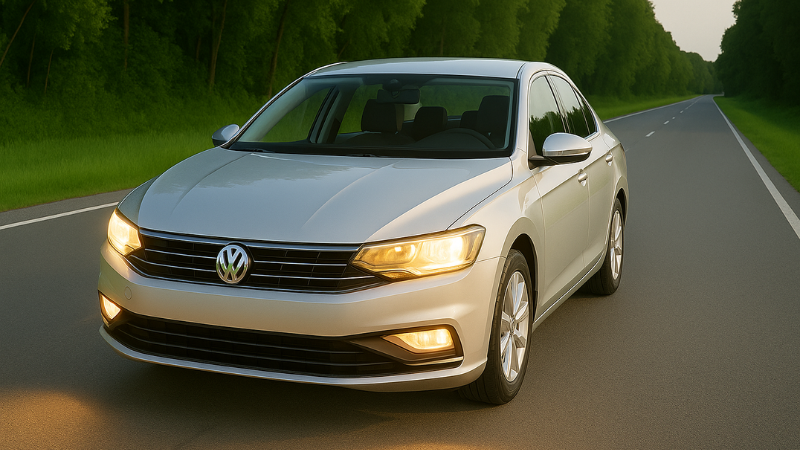
Therefore, they are legal as the standard for road conditions in a city or urban area with heavy traffic and correct colour temperature. Beams are also required during poor weather, including snow, rain, or fog, when lights bounce and degrade.
New vehicles have automatic low-beam systems that switch on when lighting is inadequate, such as at night, inside a tunnel, or under extremely shaded conditions.
Low beams also come with new light technology with dual beam bulbs, such as LED Headlights or HID lights, so that drivers can enjoy clearer vision and sharper road edges without dazzling other motorists.
Low beams are the most conventional and lawful manner of lighting at late night hours by private motorists and commercial fleet owners to facilitate comfortable and safe driving under public circumstances.
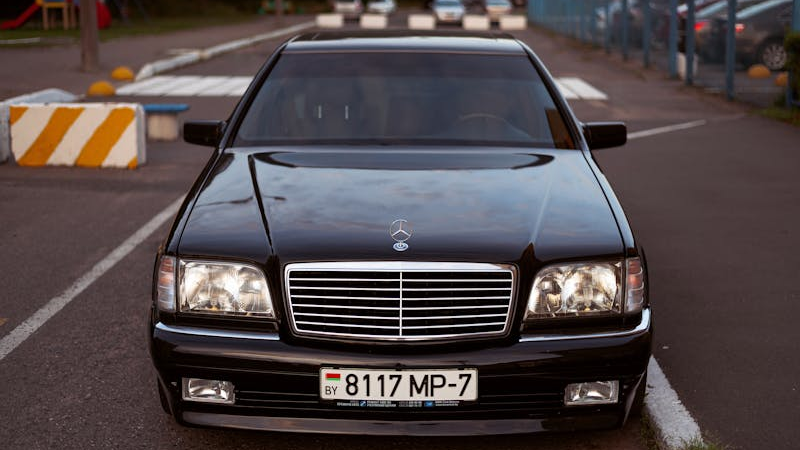
What Are High-Beam Headlights
High beam lights are built to project faraway light and work most optimally under even and open road surfaces with minimal traffic, like highway roads, country roads, and dirt roads.
High beams are just the opposite of low beams. High beams emit light in a way that casts a shining, piercing beam that will illuminate many hundreds of feet down the road. This enables the driver to see danger, wildlife, or signs alongside the road well ahead.
But being as strong and straightforward as they are, high beams have the ability to momentarily blind oncoming traffic and other motorists if misused with high light intensity. That is why it is absolutely necessary to switch them off when encountering approaching traffic or tailgating another car.
Failure to adapt to changing conditions not only becomes risky but can also lead to fines in most areas. High beams are especially handy to activate when driving on poorly lit or even completely dark roads, and they are often coupled with automatic high beams or adaptive ones in newer cars.
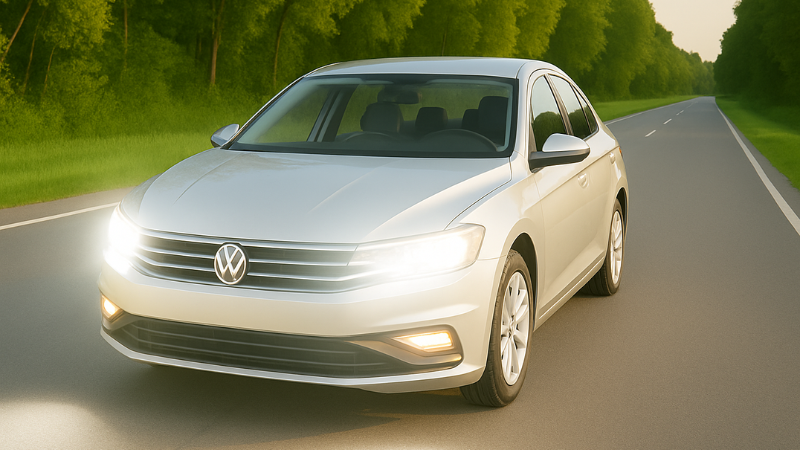
These intelligent systems automatically use photometric sensors to detect approaching traffic and switch high and low beams for improved safety and convenience.
For businesses like car manufacturers, dealerships, or lighting system businesses, it’s crucial to deliver cars with confident high-beam performance.
Upgrades, especially with LED or HID, can be a showstopper to product appeal and meet the requirements of drivers who commonly drive extended distances or encounter conditions of poor visibility.
5 Differences Of High Beam vs Low Beam Headlights
You must be aware of the difference between high beam and low beam headlights to drive safely and responsibly. While both are essential components of a car’s lighting system, both are there for a reason. Here are the five main differences discussed in simple words:
Light Distance & Spread
The widest difference is the distance and size that the light covers. Low beams are intended to cast in front of your car, usually between 100 and 200 feet. Low beams create a large, but very short, swath of light, ideal for the city and streets, and traffic.
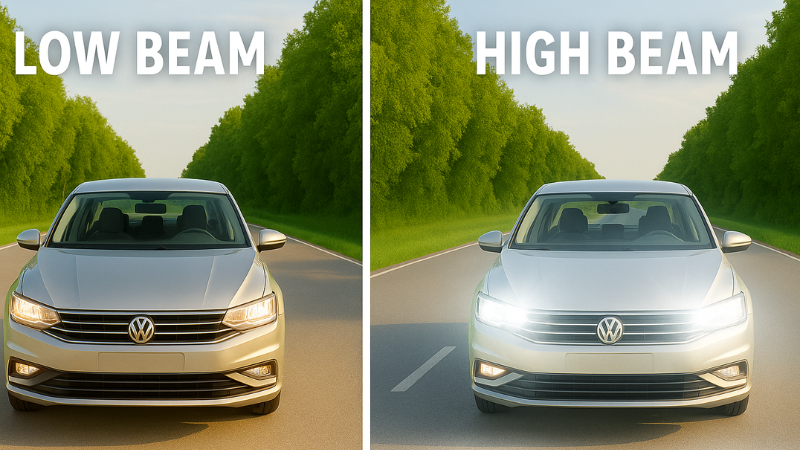
High beams, however, can illuminate as much as 400 to 600 feet. They cast a broader but longer and weaker beam of light, best utilized on bright city streets and boulevards where you don’t need to look far in front.
Angle & Height of Beam
Low beams are angled down, keeping other drivers from driving ahead of or towards you without getting blinded. The beam zooms down along the road, making it possible to see better without glaring.
High beams are higher and direct, thus making it possible for them to travel farther away. However, doing so tends to be easily blinded due to excessive luminous intensity from other drivers unless applied in an appropriate situation.
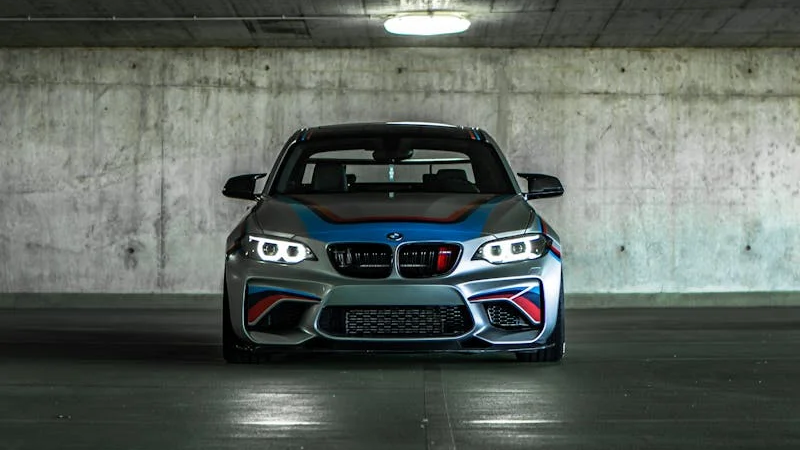
Legal Usage Rules
Various countries and regions have laws on when high beams can be used. They cannot be used where other vehicles are in view within a specific distance, usually 500 feet.
Low beams are usually permitted in all situations when visibility is doubtful, e.g., at night or during bad weather. Other motorists should use adaptive high beam assistance or follow another motorist to avoid inconveniencing or putting other individuals in danger.
Switch Mechanism (Automatic vs Manual)
The majority of new cars come equipped with automatic headlight switch systems. These cars can turn on low beams when it gets dark and even alternate between high and low beams according to road conditions and other traffic.
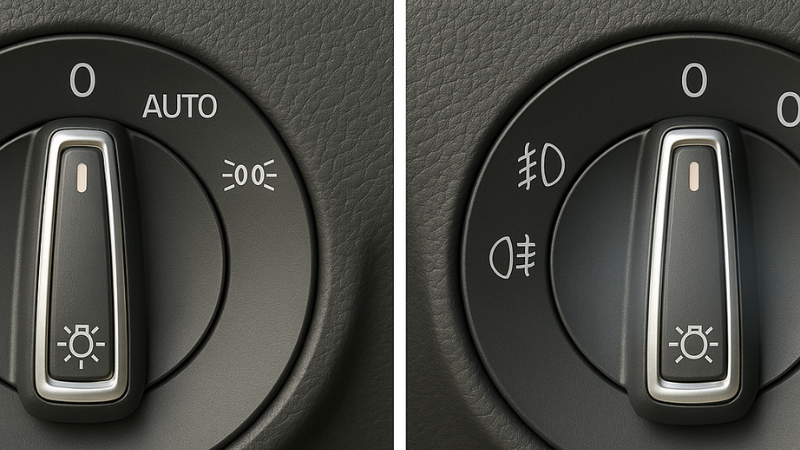
In most cars, however, especially older models, turning on the high beams is simply a case of pulling or pushing a lever on the steering column. Then, the drivers must see and understand how to switch to low beams to stay in accordance with road law and be safe.
Use Case Scenarios
Low beams or dipped headlights are used for ordinary driving, in cities, in heavy traffic, in residential areas, and where there are other vehicles. They provide adequate light to drive safely without disturbing other drivers. High beams are more suitable for highway driving, rural roads, or dark spaces.
They should be used only when nobody is in front of you or coming towards you, as their very strong light beam may hurt other people.
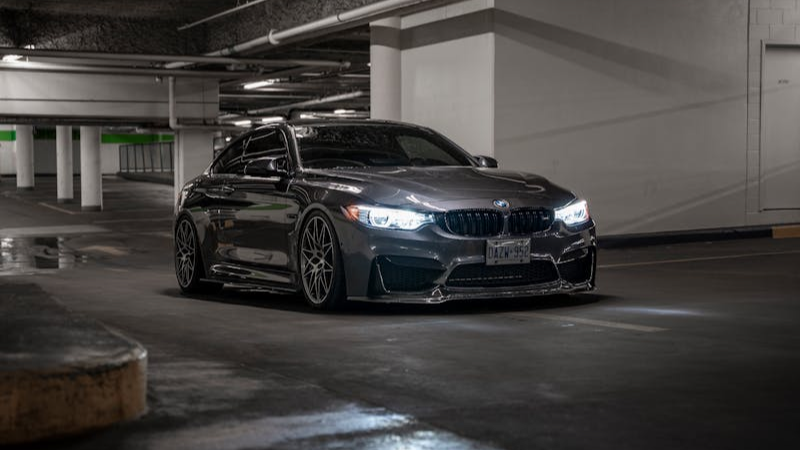
With the understanding of these underlying differences, motorists can use their headlights in a proper manner and achieve maximum safety for themselves as well as every other user on the road.
For retailers engaged in selling or fitting car lights, offering the correct type of headlight suited to the condition of the user is also a great way to offer value.
Benefits of Low-Beam Headlights
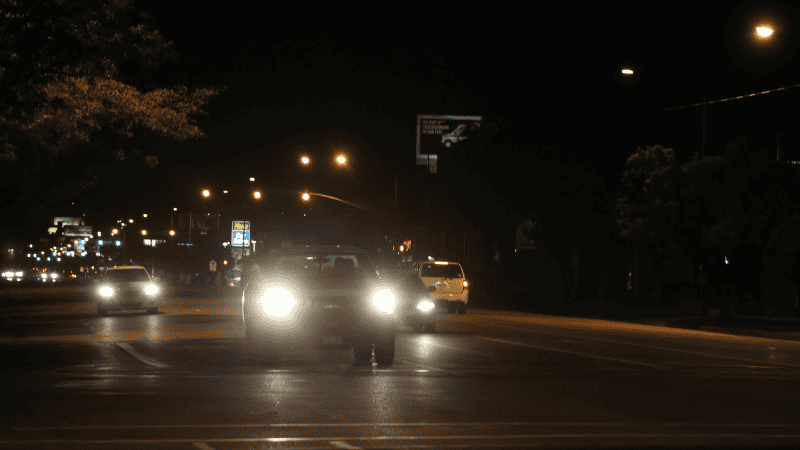
Low-beam headlights offer valuable benefits that make them ideal for everyday driving, especially in urban areas.
- They are among the best benefits because they prevent other drivers from being blinded by glare from lighting at an angle.
- They minimize accidents and encourage safer driving for everyone driving on the roads.
- They are the safest method for urban and metropolitan driving, with plenty of traffic, pedestrians, and streetlights.
- In inclement weather conditions like rain or fog, low beams, especially those with projector lenses, are better than high beams as they reduce light reflection and improve visibility.
Benefits of High Beam Headlights
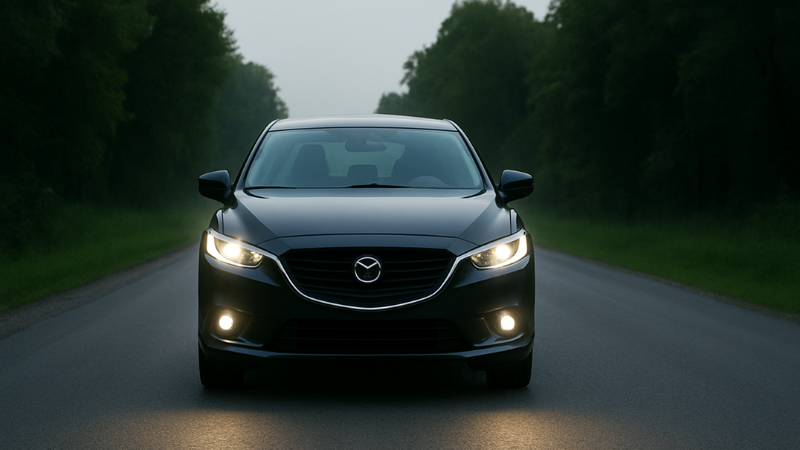
High beams are perfect when you need the maximum visibility on dark or isolated highways, country highways, or off-road paths.
- They throw a straight and far beam, enabling you to spot danger such as animals, obstacles, or hairpin bends in advance.
- It is very important to use the high beam headlights correctly. Adhere to the high beam lights guide to avoid any problems.
- When used appropriately, high beams greatly improve safety where there is little or no light.
- All but the most basic cars today have auto-dimming technology installed, which will automatically turn off high beams if there are other vehicles ahead of you.
- Smart technology keeps the glare away from you and offers you the luxury of intense lighting.
- During late-night or countryside off-road driving, high beams give you the best approach for clear far-distance viewing.
When to Use Low Beams vs High Beams?
It is essential to know when to use low beams or high beams, and they can make you and others driving safer. Employ low beams in rainy, foggy, busy traffic, or city driving conditions.
They allow you to see clearly without dazzling other drivers. During rain or fog, high beams can glare off the raindrops and decrease visibility. Thus, low beams are ideal.
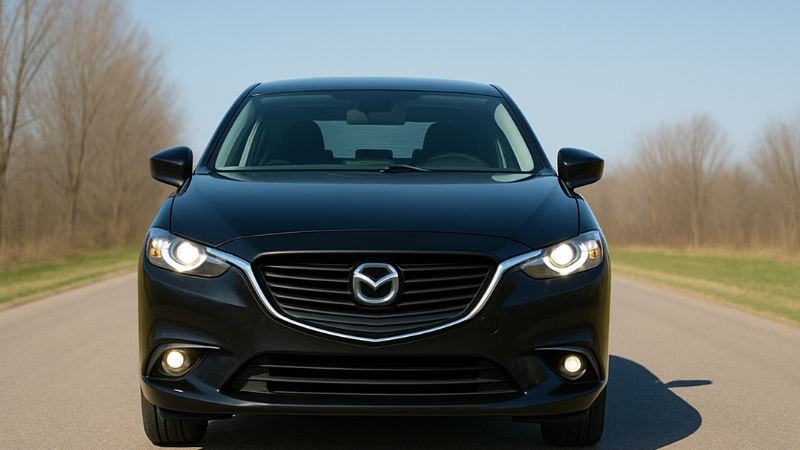
High beams work well on highways or country roads at night when there’s no oncoming traffic. Turn down your high beams when you’re approaching another car or driving ahead of another so that you’re not blinding him or her.
They enable you to see farther down the road and notice objects in time. Adjust your lights based on weather, road surfaces, and other traffic to maintain optimal luminance contrast.
High beam misuse, especially in heavy traffic conditions, can lead to accidents or traffic citations, depending on your location.
LED or HID Headlight Upgrade: Enhanced Low & High Beam Performance

Nowadays, it is very common for drivers to upgrade their headlamps with halogen bulbs, LEDs, or HIDs for greater visibility and fuel efficiency. LEDs are brighter, longer-lasting, and consume less power compared to standard halogen bulbs found on most cars.
This translates to brighter roads, improved nighttime driving, and less wear and tear on your car’s electrical system.
If your car uses one bulb for both high and low beams, consider using dual-beam over single-beam LED or HID bulbs. These bulbs offer strong lighting for both modes, making them a practical and cost-effective choice.
Offering LED or HID upgrade bright light solutions with correct LED colour temperature headlights can be a smart value-add for B2B clients, such as auto part retailers, auto manufacturers, or fleet operators.
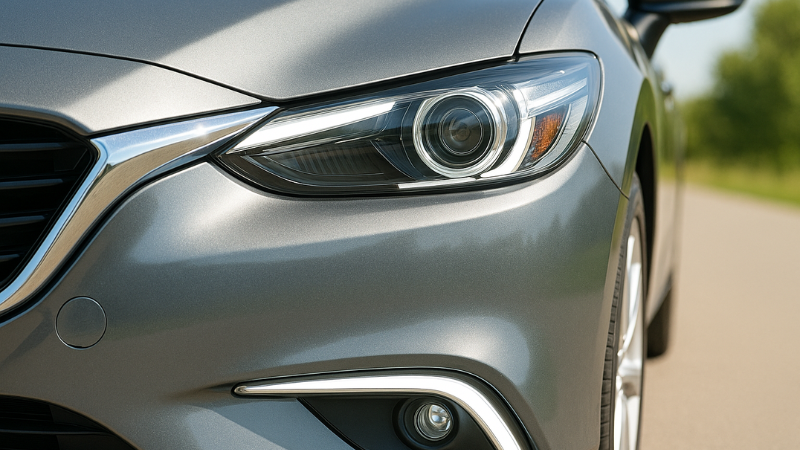
Not only do these sophisticated lighting systems improve vehicle performance, but they also meet customer needs for safer, longer-lasting solutions. They also reduce the need for costly replacements for commercial fleets.
When upgrading, ensure the beam pattern is road-legal under DOT (in the USA) or ECE (in Europe) regulations. This will render your headlights safe for other motorists.
Proper installation of LED headlamps is important. Ensure proper alignment, avoid glare, and ensure adequate lighting.
FAQs
Q1: Is it safe to use high beams in the city at night?
No, high beams are not to be used in urban areas with streetlights or dense traffic. They will blind other motorists and are usually prohibited by local traffic laws in such a setting. Use low beams instead.
Q2: When should I use low beams?
Switch to low beams if there is a following vehicle or a vehicle ahead of you coming toward you. That prevents glare and keeps all road users safe.
Q3: Are LED headlights better than halogen bulbs?
Yes, LED headlights are more luminous, more energy-efficient, and last many times longer than halogen bulbs. They provide improved vision, especially under low-light or poor weather conditions.
Q4: Can companies retrofit fleets with LED or HID lights?
Yes. For B2B purchasers like fleet operators or auto service firms, replacing incandescent bulbs with LED or HID lighting can improve safety, reduce maintenance costs, and pay for itself over the long run.
Conclusion
Choosing the right headlight, high beam or low beam, is important for safe driving. Use them as and when the situation demands, as per traffic, weather, and road conditions. LED or HID headlights are a shot in the arm to visibility and performance, especially for B2B buyers, who seek to increase automotive safety and efficiency.
Drive Your Business Forward with Carlightvision Lighting Solutions
Give your customers the ultimate in headlight performance with Carlightvision. Whether you’re a fleet operator or an auto parts retailer, our cutting-edge LED and HID technologies deliver unmatched safety, durability, and crystal-clear visibility.
Ready to upgrade your inventory or lighting solutions? Contact us today to learn more or request a custom quote.
